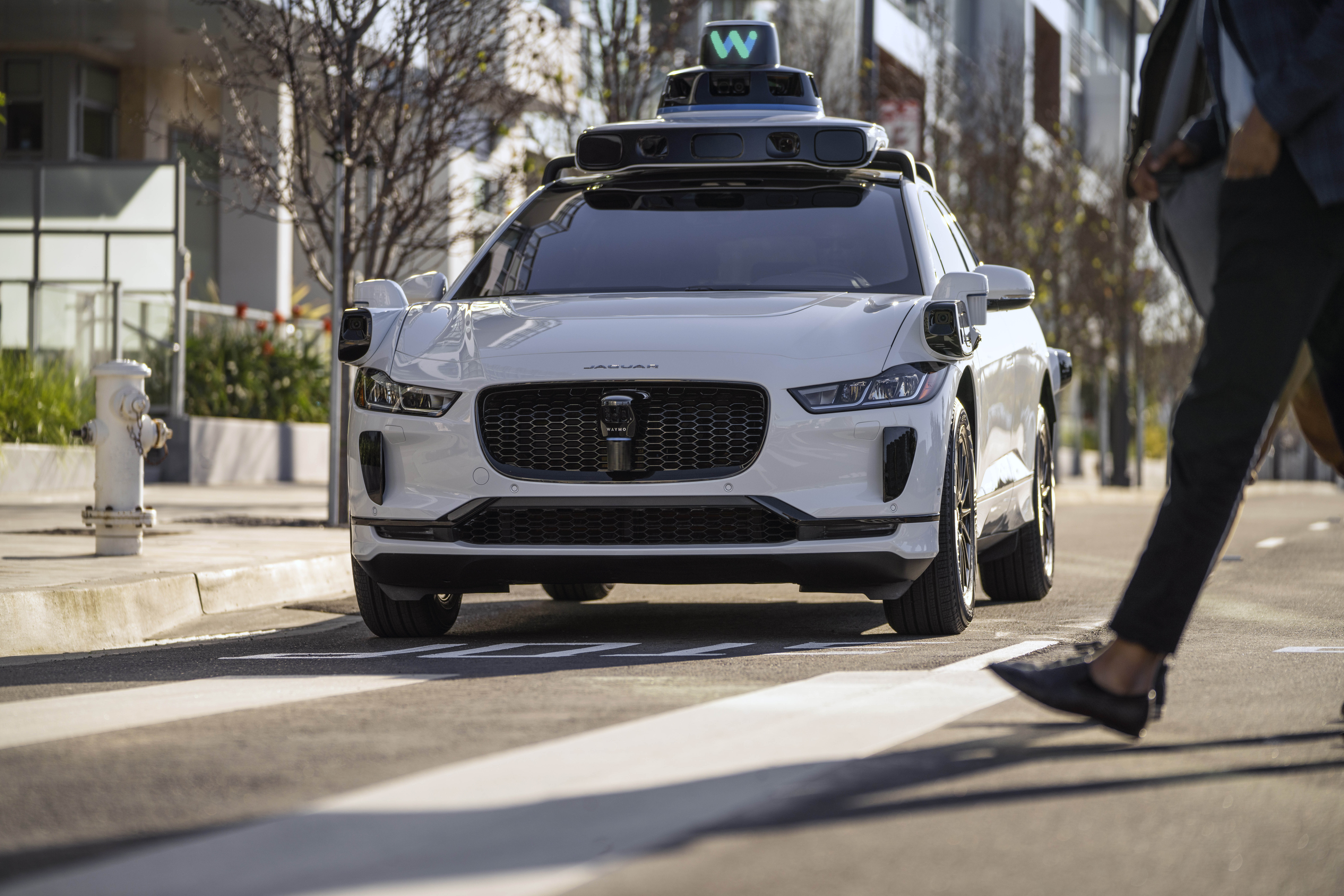New York City recently announced a new permit system to allow testing of driverless vehicles with a safety driver behind the wheel. In several other cities around the country, consumers can already hail a ride from a robotaxi, with more areas opening up their roads to testing the technology each year.
The businesses that make these vehicles are not shying away from broadcasting the potential of driverless cars – after all, they have collectively sunk over $160 billion into the technology – but can it live up to the potential? How long will it take and what does it mean for the autonomous vehicle market if it doesn’t?
How many driverless cars are out there?
The average reader will likely recognize a couple of the bigger companies in the driverless car industry including Waymo, owned by Google parent company Alphabet, Cruise, owned by General Motors, and Tesla, but there are a couple dozen other companies working toward the same goal of full self-driving capabilities.
Last December, Waymo announced their driverless fleet had surpassed more than 7 million miles on the roads of Phoenix and San Francisco since 2019. Other than milestones such as this, Waymo has chosen to disclose very little information to the public about its driverless cars, including how many it actually operates. Waymo informed regulators last August that its San Francisco fleet consisted of 250 vehicles, but hasn’t shared numbers for other cities. Additionally, Waymo has continuously touted that data shows their cars are safer than human-operated ones. Unfortunately, as a reporter noted last fall, they have not released the raw data used to come up with those findings, saying the information is “proprietary,” making it impossible for their claims to be independently reviewed.
Safe Street Rebel, an activist group focused on ‘car-free spaces, transit equity, and the end of car dominance,’ has made headlines for using traffic cones to immobilize driverless cars. The group has documented hundreds of near misses and incidents with Waymo and Cruise in the Bay Area. After a serious incident involving a pedestrian last October, Cruise was forced to halt operations. Shortly after, the CEO of Cruise resigned as federal authorities began to investigate the company’s operations. GM announced in January that it would be cutting its spending on the Cruise project by about $1 billion in 2024.
A patchwork of standards
Currently, there are no national standards or guidelines for autonomous vehicles and the technology is clearly moving faster than the government. A bill attempting to create some national standards, the AV Start Act, was introduced in 2017 but failed to pass either chamber of Congress. Subsequent attempts to pass the bill have continued to stall in congressional hearings, leaving states to determine their own standards.
By default, driverless cars are allowed anywhere in the country unless a state has explicitly stated they are prohibited. Only 10 states have placed limitations on autonomous vehicles. The rest have either set regulations to allow their operation or have left the option open by default. This has created a patchwork of state rules that industry representatives have stated is “inconvenient to the wider deployment of AVs.”
Differing standards from state to state further complicates the progress of companies, such as Aurora Innovation, focused on deploying autonomous semi-trucks, as well as those looking to expand the technology to freeways.
Entering the freeway
In the Phoenix area, Waymo robotaxis are able to take passengers to Sky Harbor International Airport, but are unable to take freeways for these rides until further testing is completed with safety drivers. This has left some passengers frustrated at the time it takes to arrive at their destination.
Last month, Waymo received approval from California regulators to expand its robotaxi service to the freeways of San Francisco and parts of Los Angeles. A timeline for expanding the service has yet to be set, despite the company viewing Los Angeles as a potentially $2 billion market.
Even though experts have noted that freeway driving, with its relatively limited obstacles to navigate, can be easier and safer for driverless cars, the potential for serious consequences vastly increases due to the increased speeds. Incident logs by the three major companies testing autonomous semi-trucks have all reported traffic incidents since 2021, pointing to the wide range of obstacles vehicles encounter and the long open road ahead for driverless vehicles.






